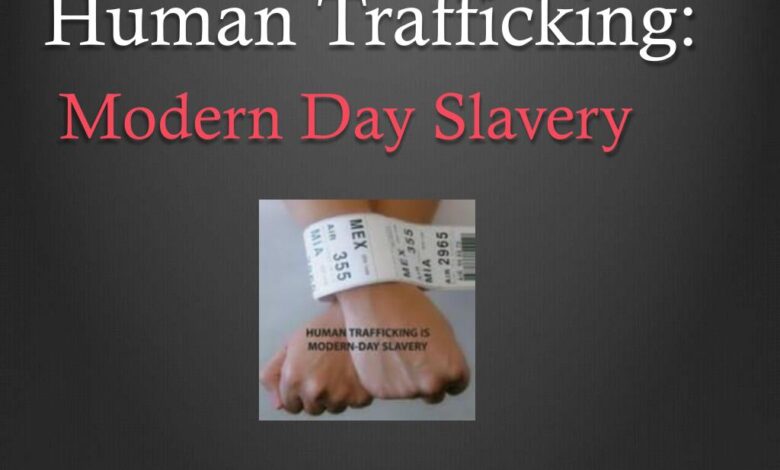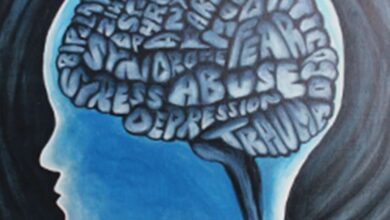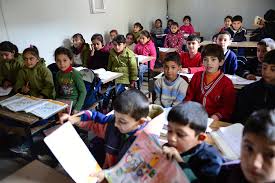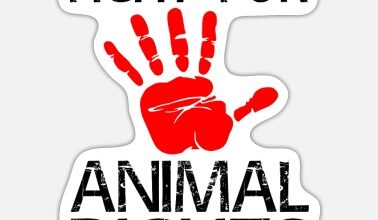Human trafficking and modern-day slavery

Human trafficking and modern-day slavery are significant human rights violations that affect millions of people worldwide. It is a form of exploitation that involves the recruitment, transportation, and harboring of individuals through the use of force, fraud, or coercion. Victims of trafficking are often subjected to physical and sexual abuse, forced labor, and other forms of exploitation. The issue of human trafficking and modern-day slavery is a complex and multifaceted problem that requires a concerted effort to address. In this article, we will explore the different aspects of this global crisis and what can be done to eradicate it.
What are Human Trafficking and Modern-Day Slavery?
Human trafficking is defined as the recruitment, transportation, transfer, harboring, or receipt of persons by means of threat or use of force or other forms of coercion, abduction, fraud, deception, abuse of power, or of a position of vulnerability or of the giving or receiving of payments or benefits to achieve the consent of a person having control over another person, for the purpose of exploitation. On the other hand, modern-day slavery is a situation where a person is forced to work against their will, with little or no pay, under threat of violence, and with no means of escape.
The Scope of the Problem
Human trafficking and modern-day slavery are pervasive problems that affect millions of people worldwide. According to the International Labor Organization, there are an estimated 25 million people in forced labor worldwide. Women and girls are disproportionately affected, accounting for 71% of trafficking victims. Additionally, children account for 26% of all trafficking victims.
Causes of Human Trafficking and Modern-Day Slavery
There are various factors that contribute to human trafficking and modern-day slavery. Poverty, lack of education, and economic vulnerability are among the leading causes of trafficking. Conflict, political instability, and natural disasters also contribute to the problem, as people are forced to flee their homes and are vulnerable to exploitation. Moreover, discrimination and social marginalization can make individuals vulnerable to trafficking.
Forms of Exploitation
Human trafficking and modern-day slavery take many forms, including sexual exploitation, forced labor, forced marriage, and organ trafficking. Sexual exploitation is the most common form of exploitation, with women and girls being the most affected. Forced labor is also prevalent, with individuals being forced to work in agriculture, manufacturing, and domestic service.
The Role of Technology
Technology has both positive and negative impacts on human trafficking and modern-day slavery. While technology can be used to identify and rescue victims, it can also be used to facilitate trafficking. Online platforms, such as social media, can be used to recruit and exploit vulnerable individuals. Moreover, cryptocurrency and other digital payment systems can be used to launder money and pay for illicit activities.
Combating Human Trafficking and Modern-Day Slavery
Combating human trafficking and modern-day slavery requires a multi-faceted approach. Prevention efforts, such as poverty reduction, education, and awareness-raising, can help address the root causes of trafficking. Moreover, law enforcement agencies and international organizations must work together to identify and rescue victims, prosecute traffickers, and dismantle trafficking networks. Protection and support services, including legal aid, medical care, and psychosocial support, must be provided to victims to help them rebuild their lives.
Human trafficking and modern-day slavery are not new phenomena. They have been present throughout history and have taken various forms, from the transatlantic slave trade to the forced labor of prisoners of war. However, in recent years, there has been increasing recognition of the scale and severity of these crimes, as well as a growing commitment to combat them.
One of the challenges in addressing human trafficking and modern-day slavery is the lack of a universally accepted definition. However, the United Nations Protocol to Prevent, Suppress and Punish Trafficking in Persons, Especially Women, and Children, adopted in 2000, provides a widely recognized definition of human trafficking. According to this definition, human trafficking involves the recruitment, transportation, transfer, harboring, or receipt of persons by means of threat, use of force, or other forms of coercion, abduction, fraud, deception, abuse of power, or vulnerability for the purpose of exploitation.
Modern-day slavery, on the other hand, refers to situations where individuals are subjected to forced labor or servitude, often in the context of debt bondage, forced marriage, or domestic servitude. Like human trafficking, modern-day slavery involves the exploitation of vulnerable individuals for financial gain or other benefits.
The causes of human trafficking and modern-day slavery are complex and multi-faceted. Economic factors, such as poverty and unemployment, can make individuals more vulnerable to exploitation. Social factors, such as discrimination and gender inequality, can also contribute to the prevalence of these crimes. Political factors, such as conflict and corruption, can create conditions that facilitate the activities of criminal networks and organized crime. Furthermore, the globalization of the economy and the increasing movement of people across borders has created new opportunities for traffickers and slavers to exploit vulnerable individuals.
The consequences of human trafficking and modern-day slavery are devastating for victims, their families, and their communities. Victims often suffer physical and emotional harm, including physical violence, sexual abuse, and psychological trauma. The social and economic impacts of these crimes can be far-reaching, with families and communities often experiencing social dislocation, poverty, and loss of income. In addition, the legal and political implications of human trafficking and modern-day slavery can be significant, with governments and international organizations increasingly recognizing the need to take action to address these crimes.
Global trends in human trafficking and modern-day slavery are difficult to quantify, as these crimes often go unreported or are underreported. However, estimates suggest that millions of people worldwide are affected by these crimes each year. Women and girls are particularly vulnerable, with many trafficked for the purposes of sexual exploitation. Men and boys are also at risk, with many subjected to forced labor in industries such as agriculture, construction, and mining.
Measures to combat human trafficking and modern-day slavery have been developed at the international, national, and local levels. At the international level, legal frameworks and conventions such as the UN Protocol on Trafficking in Persons provide a basis for coordinated action by governments and non-governmental organizations. National legislation and policies have also been developed in many countries, with law enforcement and prosecution efforts being directed toward identifying and prosecuting traffickers and slavers. Victim protection and support services, including shelters and counseling services, have also been established to provide assistance to those affected by these crimes.
Despite these efforts, there are still significant challenges in combating human trafficking and modern-day slavery. Coordination and cooperation among agencies and organizations can be difficult, and resource mobilization and funding can be a constraint. Addressing the root causes of these crimes, including poverty and social inequality, requires sustained and long-term efforts. Furthermore, emerging trends and technologies, such as the use of social media and the dark web, create new challenges for law enforcement and other stakeholders.



